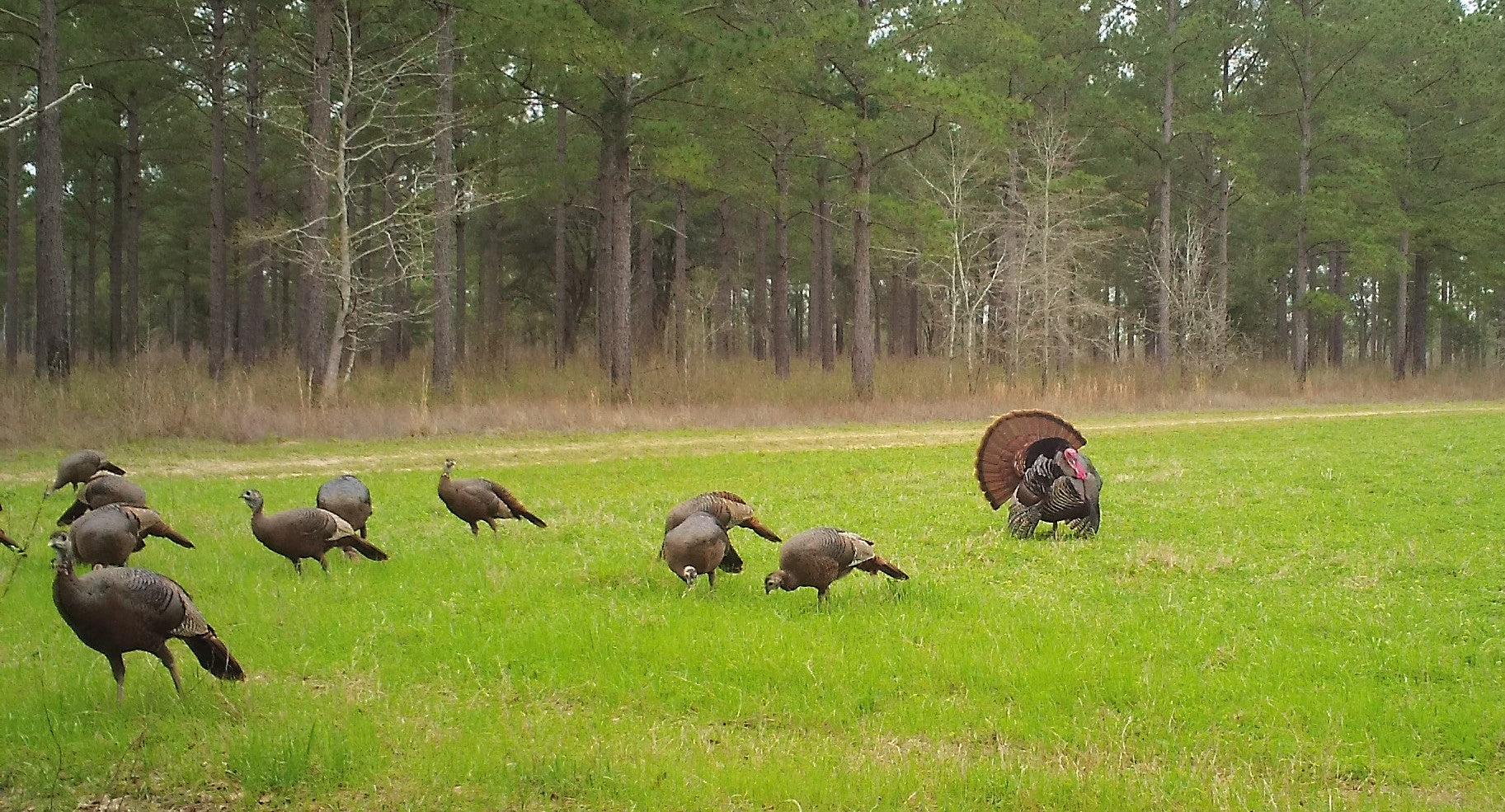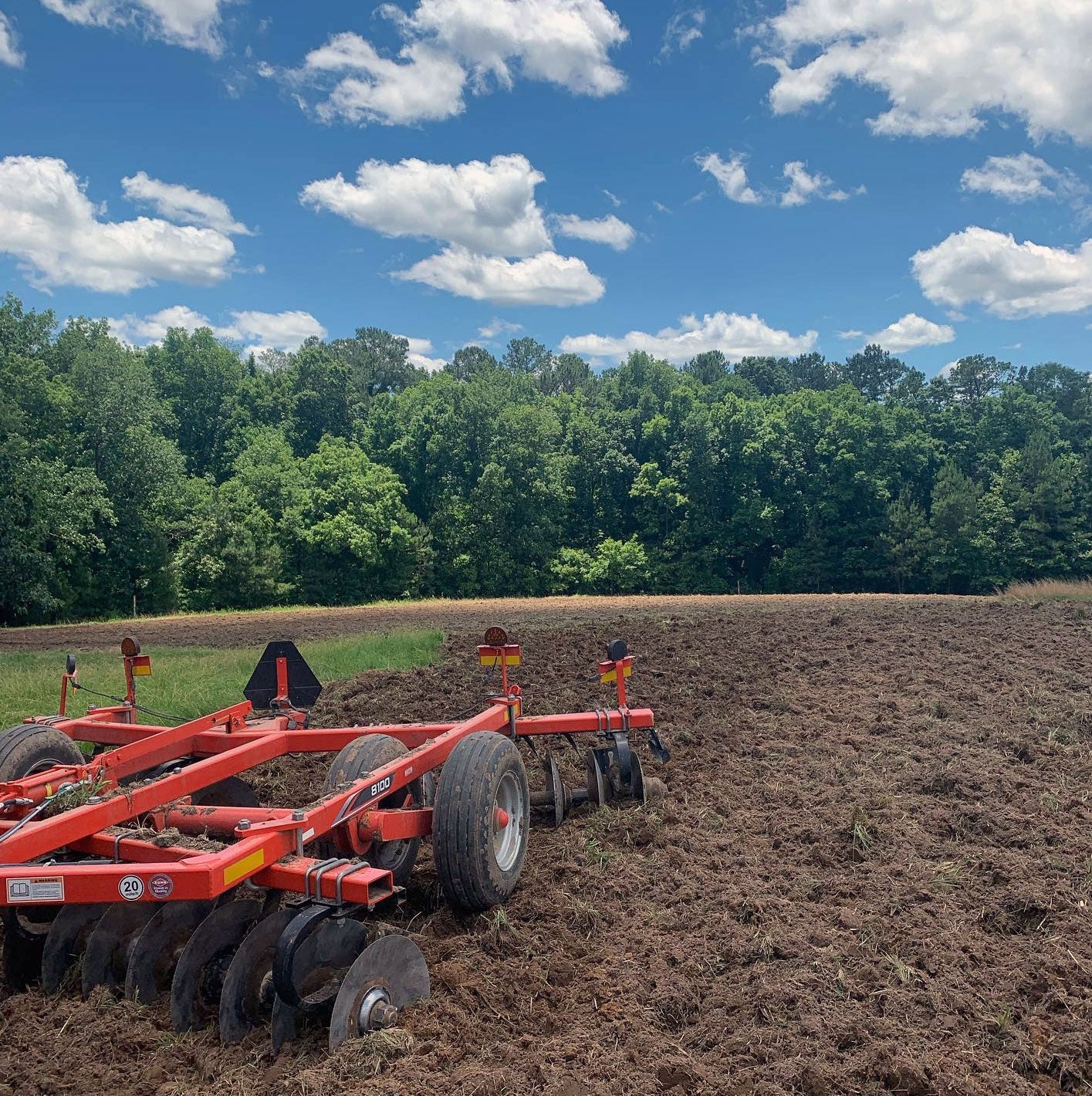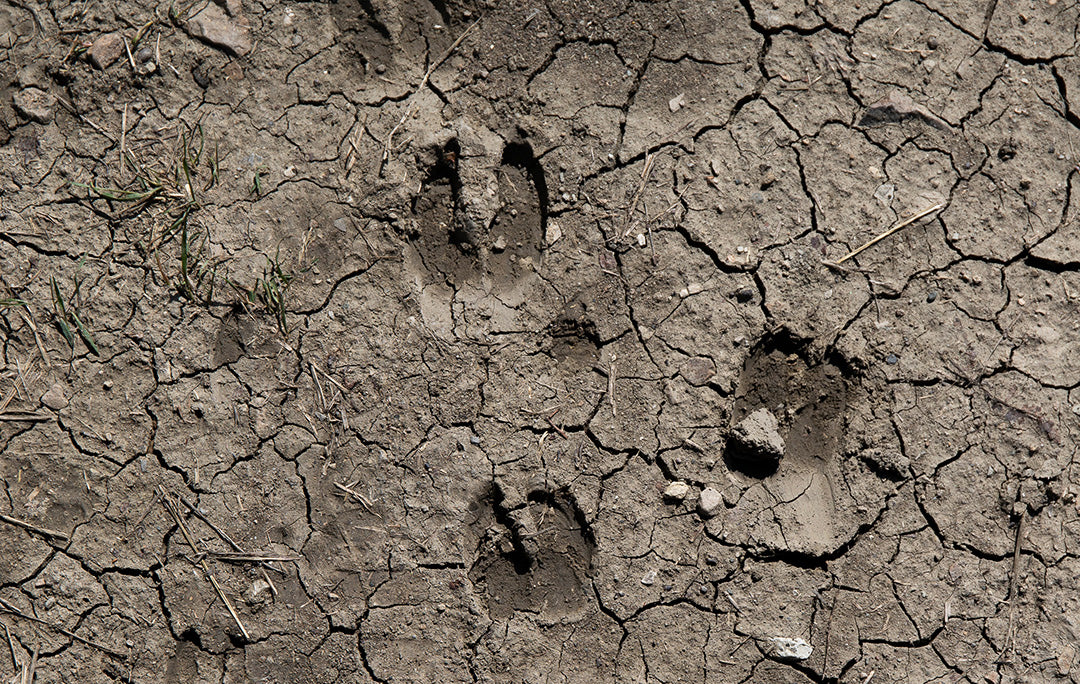WHO’S BREEDING WHOM? - Part I
How many times have you heard an old timer say, “The biggest bucks do the most breeding”? They usually follow with the statement, “It’s nature’s way to insure the fittest survive.” Although the above may be true for some deer species, it is clearly not true with regard to white-tailed deer!
My article in the last week addressed deer stocking and the Texas Parks and Wildlife Department’s (TWPD) Trap, Transplant, and Translocate (TTT) program. I highlighted the results of two studies completed at the Caesar Kleberg Wildlife Research Institute at Texas A&M University-Kingsville that were designed to answer several crucial questions with regard to the TTT program.
However, the most important question, “What genetic impact will result?” was not addressed because neither study reported in the last issue was designed to address this most important question.
Fortunately, two other studies do address this question. In fact, one of the two studies was partially designed with this question in mind and was conducted by TPWD. The second study was completed by Dr. Randy DeYoung while he was working toward his Ph.D. degree at Mississippi State University. The results of both of these very informative studies are highlighted in this article.
The (Mis) Perception
Prior to the advent of DNA and the ability to determine parentage, hunters and wildlife biologists alike, all believed that large-antlered dominant bucks did the vast majority of the breeding each fall. The perception was that older bucks, especially if they had big antlers, monopolized the breeding by thwarting off younger, subordinant bucks. These dominant bucks then carefully guarded the “hot” doe for the 24 to 48-hour time frame she was in heat. At the time, no one suspected that young bucks did any breeding at all, especially if the buck segment of the deer herd contained older-aged bucks and if the adult sex ratio was relatively balanced.
As a result, hunters and managers felt confident that if they put the biggest bucks off limits to harvest, these bucks would monopolize the breeding and pass on their superior genes to the next generation. Who knows how many big bucks escaped harvest over the past several decades because of this misguided belief?
The above perception was partially based on visual observations of deer researchers from the 1960’s and early 1970’s. Researchers on refuge areas, where deer were more visible than usual because of a lack of hunting, were able to witness one or two actual breeding occurrences each fall during their studies. From these few observations, they concluded that mature, dominant bucks monopolized the breeding. Unfortunately, their small sample size from the few breeding occurrences that were observed, proved to be misleading as you will read in this article.
TPWD “Who Breeds Who” Study
Donnie Frels, with TPWD, and Dr. James Ott, with Southwest Texas State University, combined forces to complete this first study at TPWD’s Mason Mountain Wildlife Management Area. Two high-fenced pastures, one at 608 acres and the other at 499 acres, were used in the study. During fall 1999, attempts were made to destock the native deer from each of these high-fenced pastures in order to insure the desired sex ratio and deer density. Despite their best efforts however, not all of the native deer were removed.
These two pastures were then restocked with deer selected from a pool of 320 wild deer live captured from central Texas during winter 1999. Adult females, buck fawns, small-antlered older-aged bucks (<90 gross B&C), and large-antlered older-aged bucks (>120 gross B&C) were selectively stocked into the two pastures during January and February 2000. All older-aged bucks were at least 3.5 years old when captured.
Pasture One and Two were restocked with similar numbers of buck fawns and older-aged bucks. Many of the fawns that were released were fitted with radio-transmitting collars so that their survival could be monitored. Both pastures were restocked with approximately 2.5 adult does per buck. Hair samples were collected from all deer for DNA purposes before being released into the two pastures.
The goal of the above restocking schedules was to: (1) measure the breeding success of young bucks compared to mature bucks; and (2) to measure the breeding success of small-antlered mature bucks compared to large-antlered mature bucks. All restocked deer were allowed to acclimate to the pastures for 20 months until the 2001 breeding season.
Attempts were made to harvest all deer that had been restocked into the two pastures following the 2001 breeding season. By the time the bucks were harvested, the buck fawns that had been restocked were 1.5 years old and the mature bucks were all at least 4.5 years old. Upon harvest, all bucks were aged by tooth wear, measured to determine gross Boone and Crockett Club (BCC) score, and sampled for DNA. All does were aged by tooth wear and examined to determine if they were pregnant. DNA was also collected from all harvested does and their fetuses. Then, DNA tests were conducted to determine the parentage of each fetus to determine “who’s breeding whom.”
The Results
In Pasture One, three large-antlered mature bucks (19 percent of the buck population) bred 21 does (75 percent of the breeding; see Table 1). Eight small-antlered mature bucks (50 percent of the buck population) bred five does (18 percent of the breeding). Five yearling bucks (31 percent of the buck population) bred a combined total of two does (only 7 percent of the breeding). Not all of the bucks in Pasture One were removed at the end of the study because 36 percent of unborn fawns could not be matched up with the bucks that were removed and sampled.
In Pasture Two, four large-antlered mature bucks (18 percent of the buck population) bred 21 does (45 percent of the breeding). Eight small-antlered mature bucks (36 percent of the buck population) bred 24 does (51 percent of the breeding). Ten yearling bucks (45 percent of the buck population) combined to breed only two does (only 4 percent of the breeding).
Surprisingly, the largest antlered buck, scoring 147 inches, sired only two fawns from a single doe. On the other hand, the smallest antlered mature buck, scoring only 48 inches, bred six does. The “contest winner” however, was a 126-inch mature buck that bred 16 does! Another native buck that gross-scored 98 inches bred eight does, while no evidence of any breeding was found for a third native buck that gross-scored 55 inches. These native bucks had eluded the TPWD hunters when they tried to destock the pasture.
As a result of the above, young bucks bred only 4 to 7 percent of available does despite representing 31 to 45 percent of the buck population. Mature bucks bred 93 to 96 percent of available does while representing 55 to 69 percent of the buck population. In Pasture One, large-antlered mature bucks were able to breed the vast majority (75 percent) of does. However, in Pasture Two, breeding success did not appear to be related to antler size because small-antlered mature bucks bred 51 percent of does and large-antlered mature bucks bred 45 percent of does.
If the results of the two pastures are combined, the 7 large-antlered mature bucks bred 42 does (59 percent of available does) while representing 30 percent of the mature bucks present. The 16 small-antlered mature bucks bred 29 does (41 percent of available does) while representing 70 percent of the mature bucks present.
Conclusions from the TPWD Study
Young bucks bred a few does, but they were much less successful than mature bucks. Obviously however, very few deer herds contain only young and mature bucks. Therefore, these results may not be very applicable to wild deer herds where middle-aged bucks would not only be present, but would no doubt outnumber mature bucks.
The results with regard to mature buck antler size were mixed. In one pasture, the larger-antlered mature bucks bred a majority of does. However, in the other pasture, antler size did not seem to affect the results. In addition, the biggest antlered buck in the entire study only bred one doe.
The results clearly show however, that older-aged native bucks have an advantage over stocked bucks because of the success of the native mature buck that bred 16 does and the second native buck that bred eight does. In my opinion, this result in particular puts into doubt the success that is gained from introducing only a handful of “breeder” bucks into a wild deer herd. Based on these results, it is doubtful that the breeder bucks will be able to compete well against the native bucks. And this was the case even though the stocked bucks had 20 months in which to acclimate.
Find out in next week’s article what DeYoung discovered in his findings when I conclude “Who’s Breeding Whom: Part II.”
Posted by Dr. Mickey W. Hellickson











Leave a comment